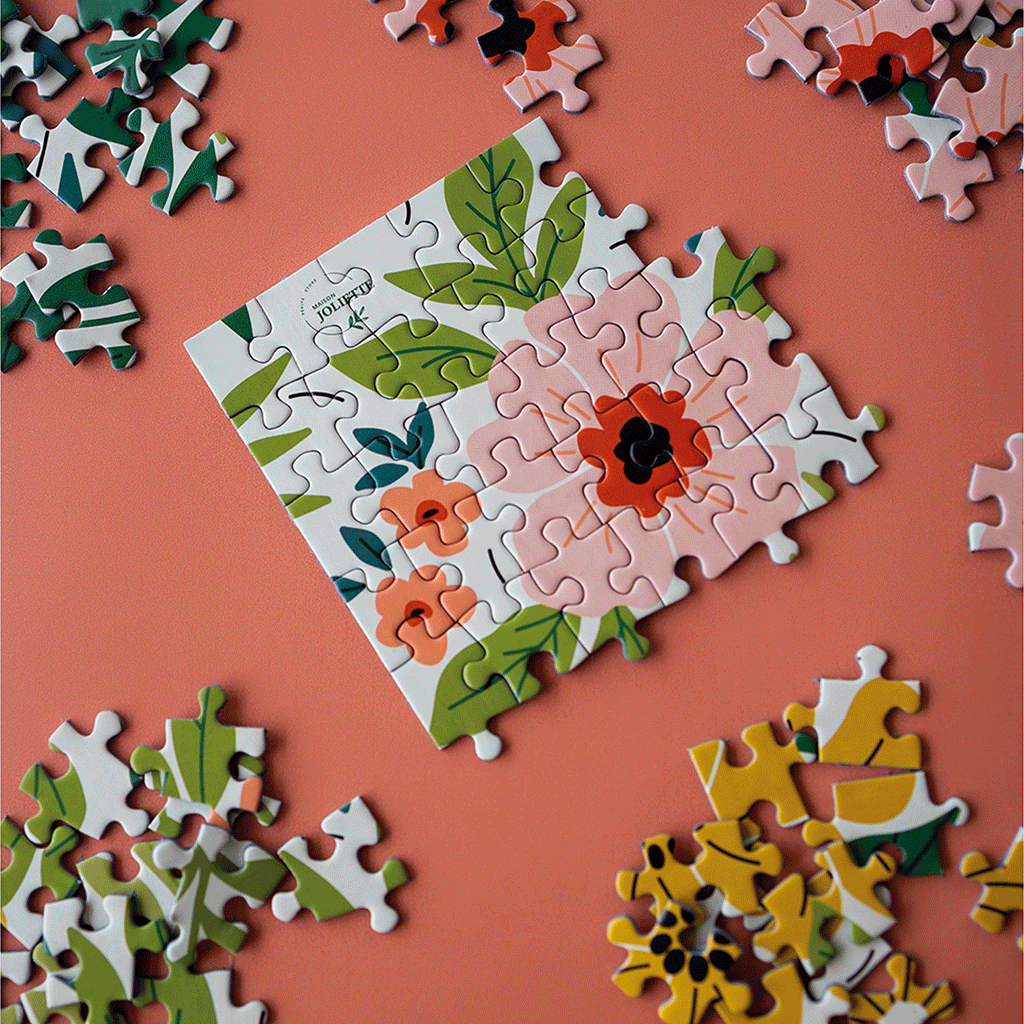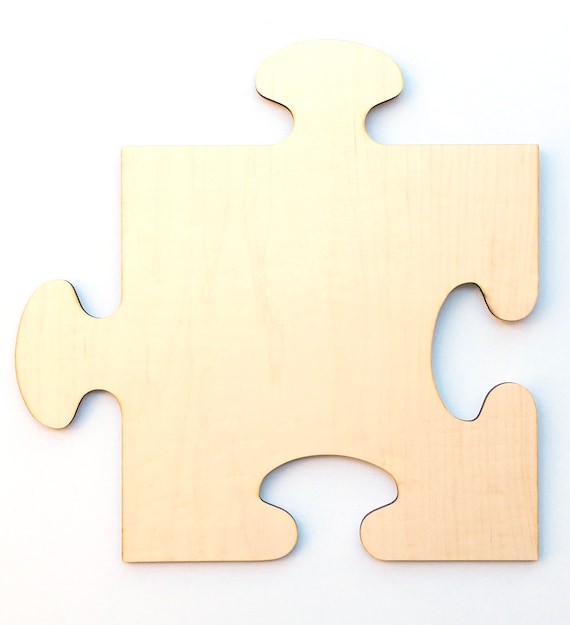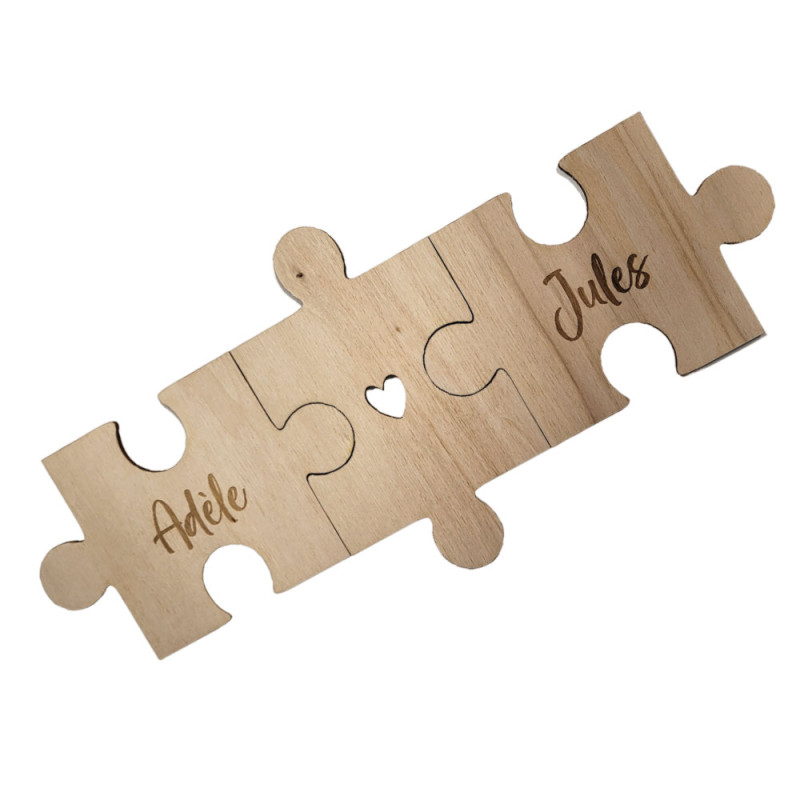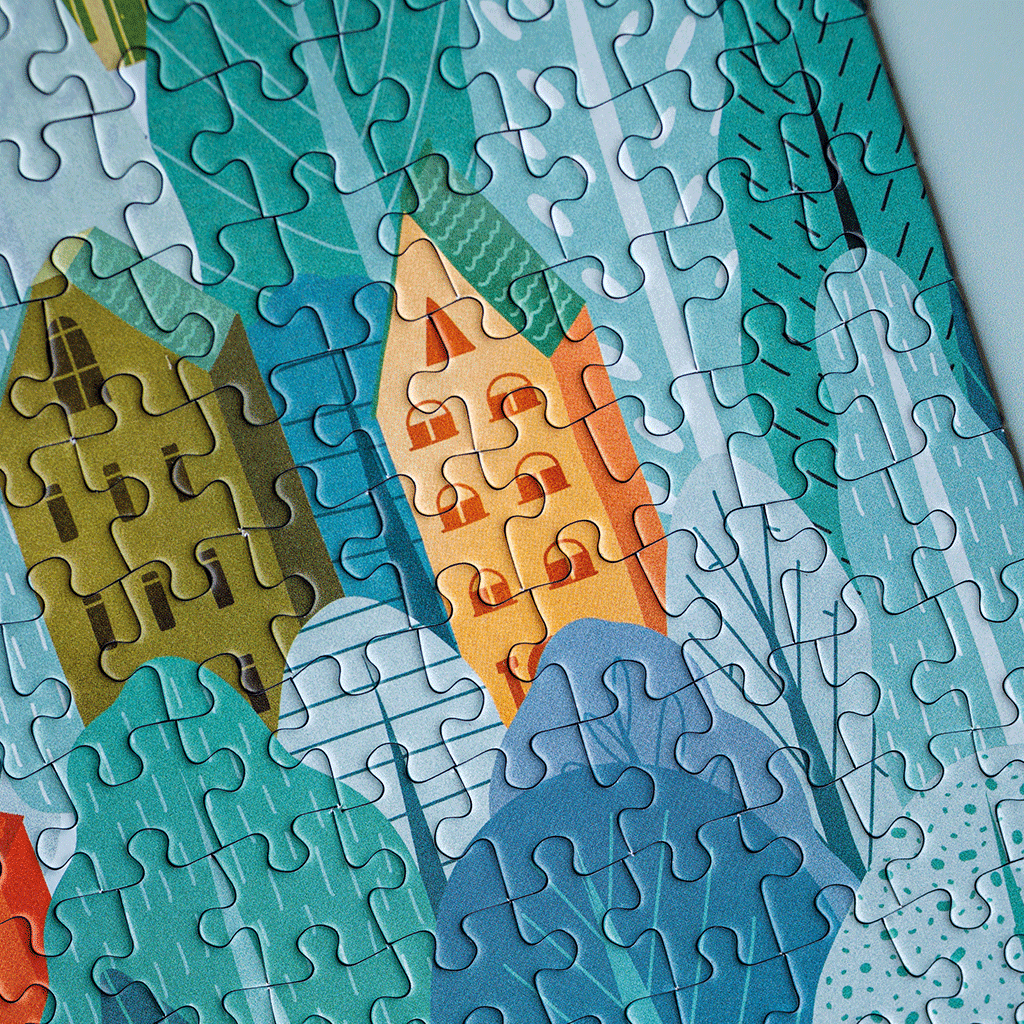Welcome to the world of decorative puzzle pieces! These charming and versatile items are not just for the avid puzzler; they can transform your home and add a touch of whimsy to any space. In this comprehensive guide, we’ll explore what decorative puzzle pieces are, their benefits, how to use them most creatively, and much more.
What Are Decorative Puzzle Pieces?
Decorative puzzle pieces are uniquely designed pieces that can be used for various decorative purposes. Unlike traditional jigsaw puzzles, which are meant to be assembled and disassembled, decorative puzzle pieces are often left in their assembled state and used as art pieces or accent items.
History of Puzzle Pieces in Decor
The use of puzzle pieces in home decor can be traced back to the late 20th century when home decorators began exploring innovative ways to incorporate fun and functionality into their spaces. Today, decorative puzzle pieces can be found in various designs, colors, and materials, making them a popular choice among interior designers and DIY enthusiasts alike.
Benefits of Using Decorative Puzzle Pieces
Decorative puzzle pieces offer several advantages that make them an enticing option for home decor:
- Unique Aesthetic: They add a quirky and whimsical touch to any room.
- Versatility: They can fit into various decor styles, from modern to vintage.
- Engagement: They invite curiosity and engagement from guests, often sparking conversations.
- DIY Potential: Many people enjoy crafting their own decorative pieces, making them a perfect addition to personalized decor.
How to Incorporate Decorative Puzzle Pieces in Your Decor
Now that you know the benefits, let’s discuss some creative ways to integrate these charming pieces into your home:
1. Wall Art
Use decorative puzzle pieces to create unique wall art. Consider framing a collection of colorful pieces in a shadow box or directly mounting them on the wall to form a vibrant collage.

2. Table Centerpieces
Arrange decorative puzzle pieces as a centerpiece on your dining or coffee table. You can mix them with flowers, candles, or other decorative items for a personalized touch.
3. Seasonal Decor
Change your decor with the seasons. Use themed puzzle pieces that match holidays or seasons to keep your decor fresh and exciting.

4. Children’s Rooms
Decorative puzzle pieces can make children’s rooms vibrant and playful. Use them as wall hangings or even customized furniture accents.
Popular Types of Decorative Puzzle Pieces
Not all decorative puzzle pieces are created equal. They come in various shapes, colors, and materials. Let’s explore some popular types:

Wooden Puzzle Pieces
Wooden puzzle pieces are durable and often have a rustic aesthetic. They can be stained in various colors or left natural for a classic look.
Metal Puzzle Pieces
Metal puzzle pieces provide a sleek, modern look. They can be painted in different finishes to match your decor style.

Plastic Puzzle Pieces
Plastic pieces are often lightweight and come in a plethora of colors. They are perfect for DIY projects as they can be easily painted or decorated.
Comparison Table of Decorative Puzzle Piece Types
| Type | Materials | Best Use | Durability |
|---|---|---|---|
| Wooden | Wood | Wall Art, Table Decor | High |
| Metal | Metal | Modern Decor | Very High |
| Plastic | Plastic | Children’s Rooms, DIY Projects | Medium |

DIY Decorative Puzzle Pieces: Crafting Your Own
If you’re feeling adventurous, why not create your own decorative puzzle pieces? Here’s a simple guide to get you started!
Materials Needed
- Puzzle pieces (new or used)
- Acrylic paints or markers
- Glitter or embellishments (optional)
- Coating spray (optional for protection)
- Brushes or sponges for painting

Steps to Create Your Own Pieces
- Choose the puzzle pieces you want to use.
- Paint or decorate them as desired. You can create patterns, characters, or even abstract designs.
- Allow the paint to dry completely.
- If desired, apply a clear coating spray for protection.
- Display your creations in your home!
Pros and Cons of Using Decorative Puzzle Pieces
Pros
- Unique and eye-catching.
- Engages guests and stimulates conversation.
- Wide range of design options available.
- Inexpensive DIY options.

Cons
- Some types may not be durable.
- It might not suit every decor style.
- Can accumulate dust if not maintained properly.
Frequently Asked Questions (FAQs)
Can I customize my decorative puzzle pieces?
Absolutely! You can paint them, add decals, or even change the arrangement to suit your personal style.
Where can I find decorative puzzle pieces?
You can find them at local home decor stores, craft shops, or online platforms like Etsy or Amazon.
Are decorative puzzle pieces suitable for outdoors?
Depending on the material, some decorative puzzle pieces can be suitable for outdoor use. Make sure to check the durability and weather resistance of the material.
How do I clean decorative puzzle pieces?
Generally, a damp cloth works well for cleaning. If they’ve been painted, avoid soaking them in water.
What styles do decorative puzzle pieces complement?
They can complement various styles, including eclectic, modern, vintage, and children’s decor.
Conclusion
Decorative puzzle pieces are a delightful addition to any home. Their versatility, aesthetic appeal, and engaging nature make them ideal for those looking to personalize their spaces. Whether you choose to purchase them or create your own, these pieces can truly transform the ambiance of your home. So why not dive in and start exploring the world of decorative puzzle pieces today?